
Who is Ansel Adams?
He was an American landscape photographer and environmentalist. He was common for his Black and White photos of the American west. He assisted the found Group f/64, an association of photographers advocating “pure” photography which included sharp focus and the use of the full tonal range of a photograph. He was born in 1902.
What Was His Childhood Like?
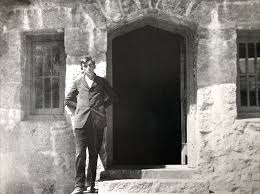
Adams was a hyperactive and sickly child with few friends. He wasn’t accepted into many schools due to bad behaviour, he was educated by private tutors and members of his family from the age of 12. Adams taught himself the piano, which would become his early passion.
Side Hobbies
He enjoyed hiking, camping and being a photographer. He also likes to improve his piano skills and musical expression.

What National Park Did He Visit That Inspired His Photography Career?
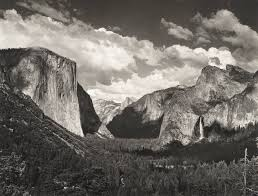
Lots of wildness surfaced in the great American photographer’s brilliant black-and-white prints and for most of his life, Yosemite National Park was Adams’ main source of inspiration.
How Did It Inspire His Photography Career?
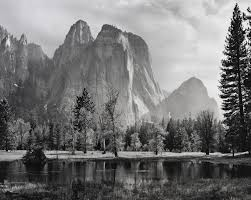
His love of the natural landscape and eager to capture something of that overwhelming experience on film.
What Is The Sierra Club?

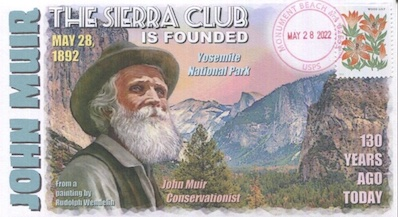
A very powerful national organization that lobbied to create national parks and protect the environment from destructive development projects.
‘The sierra club’s mission is “To explore, have fun, and protect the wild places of the earth; To practice and promote the responsible use of the earth’s ecosystems and resources; To educate and enlist humanity to protect and restore the quality of the natural and human environment.
In 1934, Adams was elected as a member of the Board of Directors of the Sierra Club, a role he maintained for 37 years.
Sierra Club
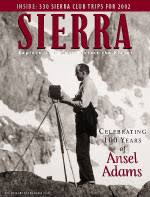
In 1927 he became an assistant manager of these massive annual outings. He became a tour guide and the clubs national photographer
What Was He Also Involved In?
He was involved in the Sierra Club. He became the assistant manager and the official photographer, this is when his photography career took off properly.
He also made significant contributions such as a very powerful national organization that persuaded the government to create national parks and protect the environment from destructive development projects.
When Were His Photos First Used For Environmental Purposes?
His images were first used for environmental purposes in the 1930s. He was first inspired partly by the increasing attack into the Yosemite Valley of commercial development, including a pool hall, bowling alley, golf course, shops, and automobile traffic. He made the limited-edition book Sierra Nevada: The John Muir Trail in 1938, is a part of the Sierra Club’s efforts to secure the name of the Kings Canyon as a national park. This book and his testimony before Congress played an important role in the success of that effort, and Congress made the Kings Canyon as a national park in 1940.
Presidential Medal

He got his medal for Adams working within the conservation, and his photographs of Yosemite were used to help secure the place for those lands as national parks.
He was later contracted with the United States Department of the Interior to make photographs of national parks. For his work and his persistent advocacy, which helped expand the National Park system, he was awarded the Presidential Medal of Freedom in 1980.
Visualisation
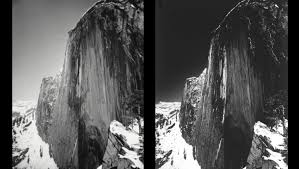
Visualisation is the theory of interpreting a scene and deciding on the final shot before pressing the shutter. Taking place within the ‘mind’s eye’, as Adams often said, visualisation involves assessing a subject and choosing the most important things to frame and highlight.
He used visualisation by how he wanted the print to look and used his own skills to create his final vision.
He shoots his photograph first with a yellow filter but he realises after shooting it wouldn’t express the mode he was looking for.
Zone system


The 11 zones in Ansel Adams’ structure were defined to produce the gradation of all the different tonal values you would see in a black and white print, with zone 5 being middle grey. Increasing the contrast means you will increase the drama.
Image Analysis
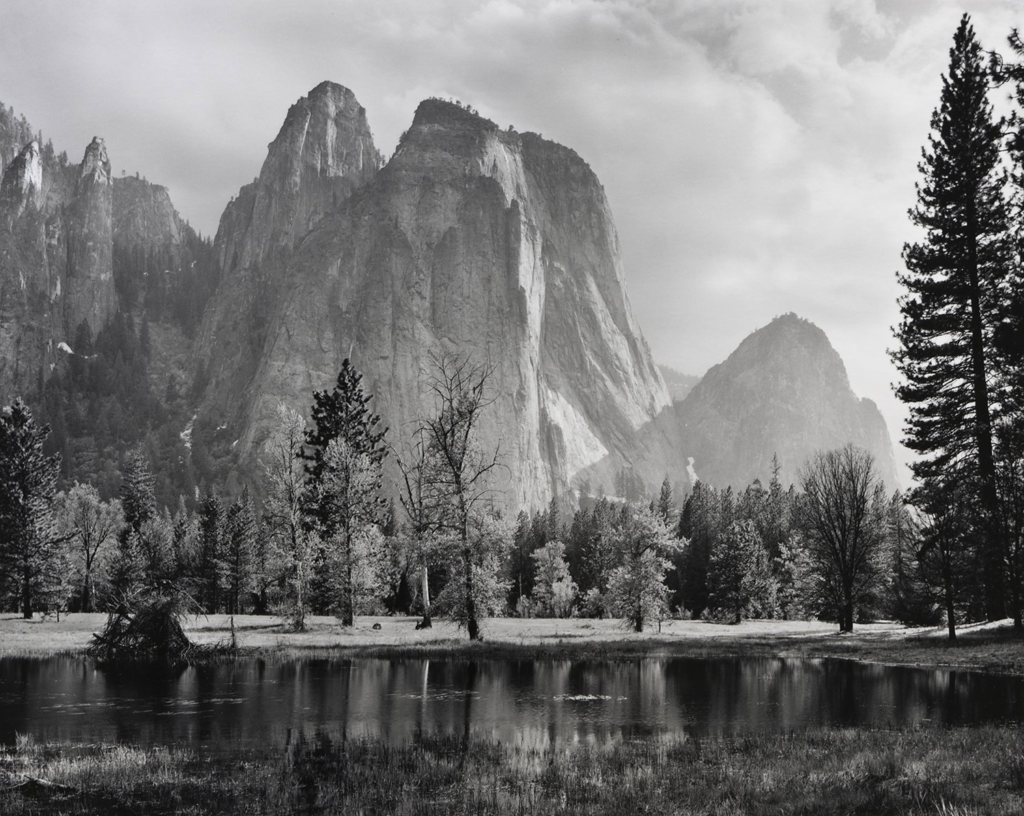
Technical
In Ansel Adams’ “Cathedrals Spires and Rocks”, the lighting is mostly natural daylight, most likely caught during a time of soft and delicate sunlight, such as early morning or late afternoon. The high contrast between the bright and glistening sunlit rocks and the deep shadows of the crevices is reflecting Adams’ mastery over tonal range, using the Zone System to accomplish precise exposure. The aperture is set for a deep depth of field, to make sure a sharp focus from the foreground rocks to the distant sky. Adams likely used a wide-angle lens, allowing him to capture the amazing landscape. The ISO is low, which means there is no visual noise contributing with the smooth tonal transitions, and the photograph’s fine details are done crisply. As the image is in black-and-white, the white balance is neutral, focusing on the tonal contrast rather than color accuracy, highlighting the texture and form of the rugged rocks and sky.
Visual
The visual elements in “Cathedrals Spires and Rocks” are completely dominated by lots of high contrast, with dark shadows surrounding the jagged rock formations and light and white highlights on the sunlit surfaces, creating a dramatic effect. The texture of the rocks is highly noticeable , giving the photograph a tactile, three-dimensional feel. The spires, sharp and angular, make up strong vertical lines, which dominate the composition, while the surrounding landscape, though equally detailed, serves to frame these towering forms. The space is carefully and delicately structured, with a very deep foreground and background, which adds depth and perspective. Adams’ is using the Rule of Thirds positions the spires slightly off-center, drawing the viewer’s gaze upward. The resulting composition is balanced , leading the eye naturally through the image and balancing the visual weight between light and shadow.
Contextual
“Cathedrals Spires and Rocks” can be seen within the broader historical context of the American environmental movement, which gained momentum in the early 20th century. As a supporter for wilderness preservation, Ansel Adams used his photographic work to try and promote the conservation of the American West, showcasing the beauty of natural landscapes. This photograph is showing a personal connection to nature and the natural landscapes. The colossal rock formations in the image aren’t just geological features but will represent the unspoiled wilderness that Adams wanted to protect from industrial encroachment. His work, including this photograph, played a crucial role in the establishment of national parks and the broader environmental movement, supporting the preservation of these natural wonders for future generations.
Conceptual
The concept behind “Cathedrals Spires and Rocks” is the admiration about it, drawing a parallel between the grander of the natural world and sacred spaces like cathedrals. The spires, reaching skyward, symbolize nature’s monumental and spiritual qualities, evoking a sense of the sublime, where the viewer feels both humbled and uplifted by the scale and beauty of the landscape. Adams captures not just a physical scene but also of the nature’s power, which is presenting the rocks and spires as sacred forms worthy of admiration. The photograph is an exploration of nature’s dominance, its capacity to inspire people , and the notion of wilderness as a place of deep, almost spiritual significance. This conceptual approach invites the world to reconsider their relationship with the natural world and recognize its importance beyond mere aesthetics.